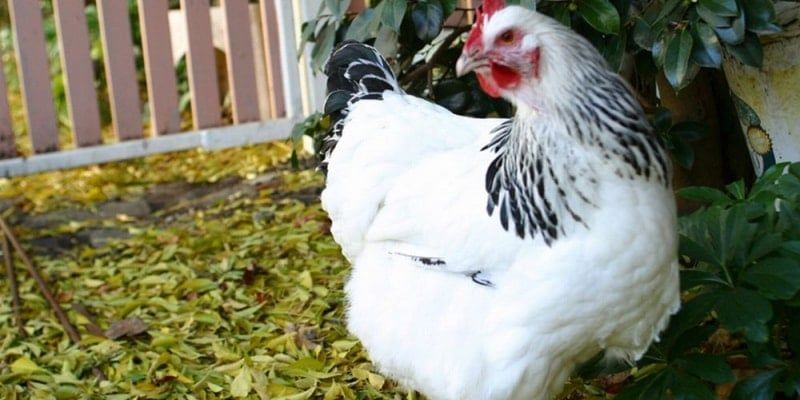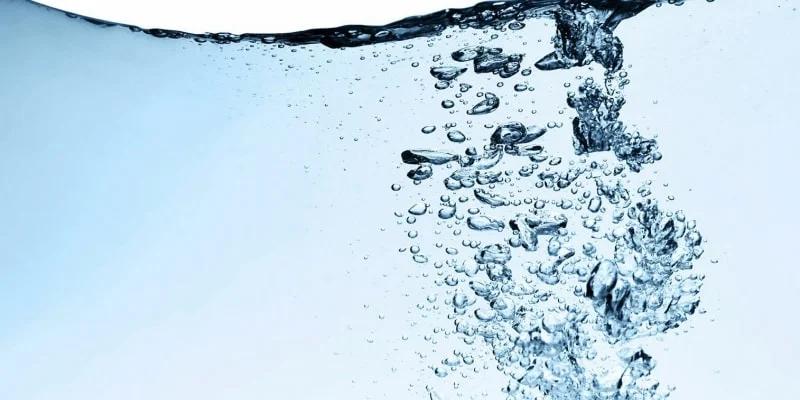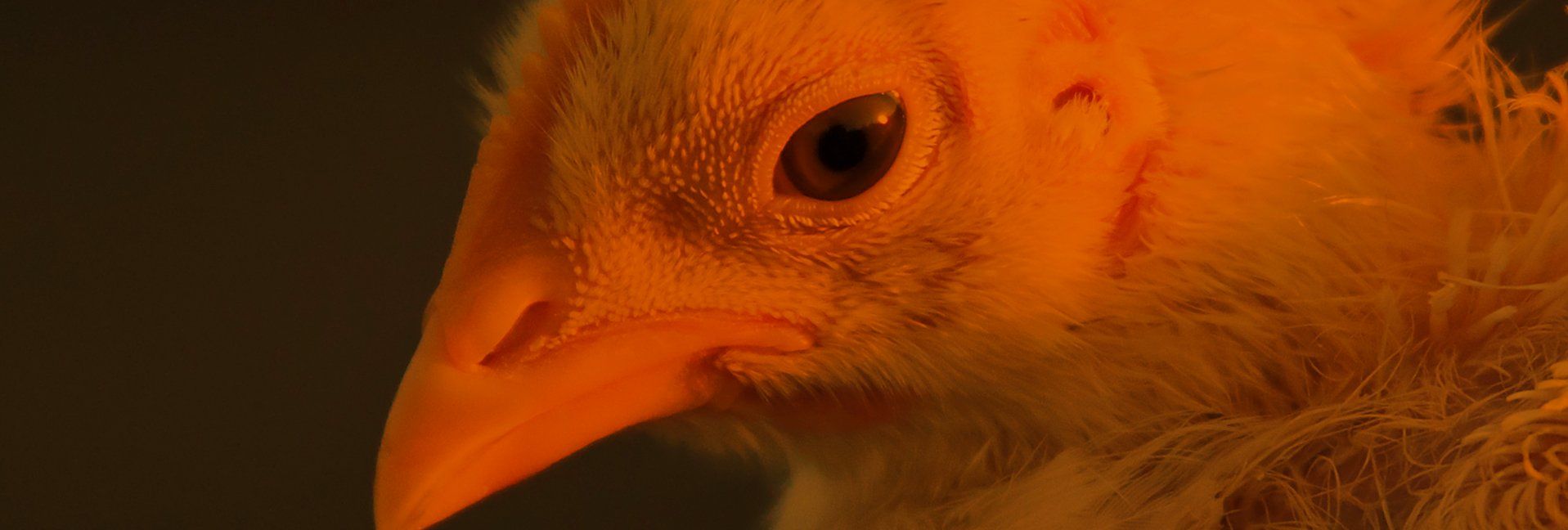Processing Poultry Safely


The Tango Between dietary calcium and phosphorus in laying hens
In order to execute the tango you need two partners who work in an intricate, coordinated fashion. Such is the life of calcium and phosphorus in your chickens. (And you, too, for that matter, although you don’t have to produce an egg with a hard calcium shell every 25 hours!) When the calcium and phosphorus tango partners are out of balance, multiple nutritional disorders can occur. This can also trigger a domino effect that results in other mineral-centric disorders, including zinc and iodine deficiency.
While many of us, including myself, like the comfort and simplicity of feeding our laying hens a commercial laying diet that has been perfectly formulated to account for the nutritional needs of our hens, allowing them to produce healthy table eggs, many of us want to understand at least some of the nutritional science that goes into making their feed so we can better understand our flock's health.
It should also be noted that feed analysis surveys have shown that feed quality problems do exist, and that calcium and phosphorus levels may vary from their intended values. This most-often happens due to long-term storage in hot and humid conditions that can cause multiple chemical changes, such as the inactivation of vitamins and mineral complexes including phosphorus, calcium, and vitamin D. Therefore, it is important to store only enough feed for a maximum of 30 days and to store the feed in a dark cool area with minimal humidity.
Not all calcium and phosphorus are created equally
Calcium and phosphorus are essential for the formation and maintenance of the skeleton. Together, literally (they are often chemically bound to each-other), they make up over 70 percent of the mineral content of the avian body.
It’s important to realize that not all calcium and phosphorus sources are created equally, meaning there are differences in their ability to be absorbed across the gastrointestinal tract and utilized by the hen for bone and egg formation. In general, only a fraction of each nutrient taken into the digestive systems is absorbed, with the remainder being excreted. The fancy term that expresses this process as a fraction is called the “digestibility coefficient.” This is determined in a laboratory by measuring the amount of nutrient present in the feed, and the amount of the same nutrient present in the feces. The difference between the two is the digestibility coefficient. The higher the digestibility coefficient, the better the absorption across the gastrointestinal tract.
Phosphorus: the forgotten mineral
Phosphorus in many ways is the Dom DiMaggio to calcium’s Joe DiMaggio. Dom by all rights had a great 13 year career in Major League Baseball. But Joe DiMaggio was a Hall of Famer who won three Most Valuable Player awards, nine World Series championships, and was also married to Marilyn Monroe… The point is that we talk about calcium so much that we often forget how important phosphorus is for bone formation and growth and cellular metabolism. In addition, calcium can’t do its high profile job without help from phosphorus (and vitamin D, which we’ll discuss shortly).
It should also be noted that phosphorus is one of the most expensive nutrients in poultry diets, making phosphorus with a low digestibility coefficient wasteful in more ways than one. Additionally, the excretion of non-digested phosphorus is a significant environmental issue with respect to water quality.
Phytases
Going back to the subject of digestibility: A high proportion of phosphorus present in feed is in the form of phytate, which is poorly digested by birds. Consequently, the presence of non-phytate phosphorus is essential in poultry diets to ensure adequate nutritional access to phosphorus.
In large commercial diets, it's now common for a microbial phytase (an enzyme that breaks down phytate) to be added to the feed. This allows for greater release of phosphorus in the gut and a reduced amount to be excreted in the manure and into the environment (i.e. a higher digestibility coefficient is realized). In addition, phytases may also improve digestion of other nutrients present in the feed. The broad development of these phytase enzymes has allowed for reducing the levels of dietary phosphorus.
The overall environmental benefit of reducing phosphorus in the feces is significant to poultry raised on soils because soils have limited capacity to store phosphorus. Once their capacity to absorb phosphorus is exceeded, the excess will dissolve with the potential to leach into the groundwater. In California, for example, groundwater can be less than three feet below the soil's surface. Therefore, this scenario of leaching phosphorus and other components of animal manure can be a common problem under poor management. Interestingly, while corn and wheat are essential components of the poultry diet, only about 10 percent of the phytate phosphorus in corn and wheat is digested, leaving the remainder in the feces.
Excessive phosphorus in ground water can contribute to several problems, including eutrophication, the nutrient-based pollution of water due to run-off from the land. This is a perfect example of when “more is not better.”
Phosphorus and calcium 101
Phosphorus is distributed throughout the body in the form of phosphate. Approximately 85 percent of the body's phosphorus is stored in the bones. Phosphorus is absorbed by the intestines from dietary sources and excreted through the kidneys. Calcium is also distributed throughout the body, but is mainly stored in the bones.
The pullet’s requirement for calcium is relatively low during the growing period. But once the first eggs are produced, the need is at least four times as great, with practically all the increase being used for the production of the eggshell. Therefore, while the ratio of approximately 2:1 calcium to non-phytate phosphorus (by weight) is desirable for most poultry diets, once the birds are in-lay, the ratio should be between 8 and 12:1 calcium to non-phytate phosphorus. As a percentage of diet, calcium should increase from 2.5 percent to 5 percent.
Interestingly, the requirement for calcium is not constant throughout the day. Shell formation typically occurs around 12 a.m. So if your hens have thin egg shells, something somewhat common in older laying hens, try supplementing oyster shell which is high in calcium. Because of the particle size of the oyster shell, the absorption will occur at night, which coincides well with when shell formation occurs in the hen. As a general reminder, around 10 days before your birds go into lay, you should switch to a laying feed as opposed to waiting until eggs start forming.
Primary sources of calcium and phosphorus
The primary sources of phosphorus and calcium are dicalcium phosphate (or DCP) (23 percent calcium and 18 percent phosphorus), rock phosphate, limestone, (37 percent calcium), bone meal (27 percent calcium and 12 percent phosphorus) and oyster shell (37 percent calcium). The calcium in these products is considered highly bioavailable, but the phosphorus, unfortunately, can be highly variable.
Calcium, phosphorus and Nutritional Disease
A deficiency of calcium is more likely than a deficiency of phosphorus. Clinical signs of calcium or phosphorus deficiency are similar to those of vitamin D deficiency. These include depressed growth, poor bone mineralization resulting in rickets (pliable soft beaks and bones) in young birds, and osteomalacia (also pliable soft beaks and bones) in older birds. A high calcium level in drinking water reduces iodine absorption and can result in a goiter (enlargement of the thyroid gland), poor growth, and reduced hatchability. Alternately, zinc absorption is reduced in diets high in calcium or phytate. Clinical signs of zinc deficiency include poor feathering and dermatitis of the feet, poor shell quality, and low hatchability.
Earthworms Have Their Place…
Earthworms are a natural feed source for poultry kept under free-range systems. And, live or dried, earthworms are highly palatable to poultry. While earthworms are an excellent source of crude protein with an amino acid composition comparable to that of fishmeal, they are not a rich source of calcium and phosphorus (they don’t have an exoskeleton rich in calcium and phosphorus). Therefore, having a total mixed ration as the primary feed source (preferably with oyster shell) with bugs and kitchen scraps as a supplement is important to consider, as opposed to the opposite (lots of worms and kitchen scraps and a little balanced commercial feed).
Calcium and phosphorus are two of the most important macro-minerals in our bird’s diets. How they interact with each other and vitamin D (found as a precursor as a dietary vitamin and also in the birds skin) is essential for allowing them to “do their jobs.” By understanding the complex relationship and sources of calcium and phosphorus, we can help ensure healthy birds, eggs, and, just as importantly, a healthy environment.
Tags:Pitesky's Poultry

Chicken Whisperer is part of the Catalyst Communications Network publication family.












